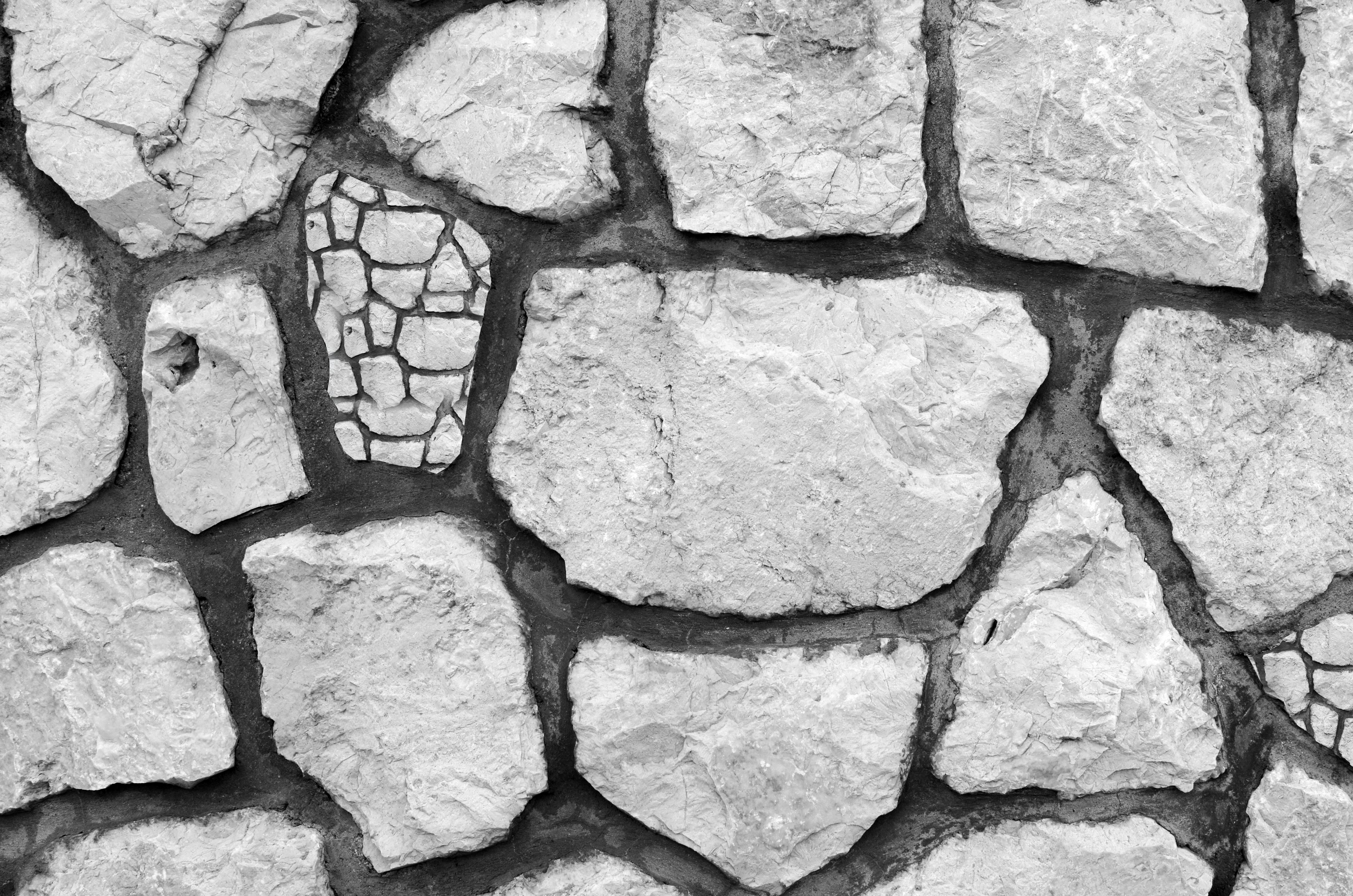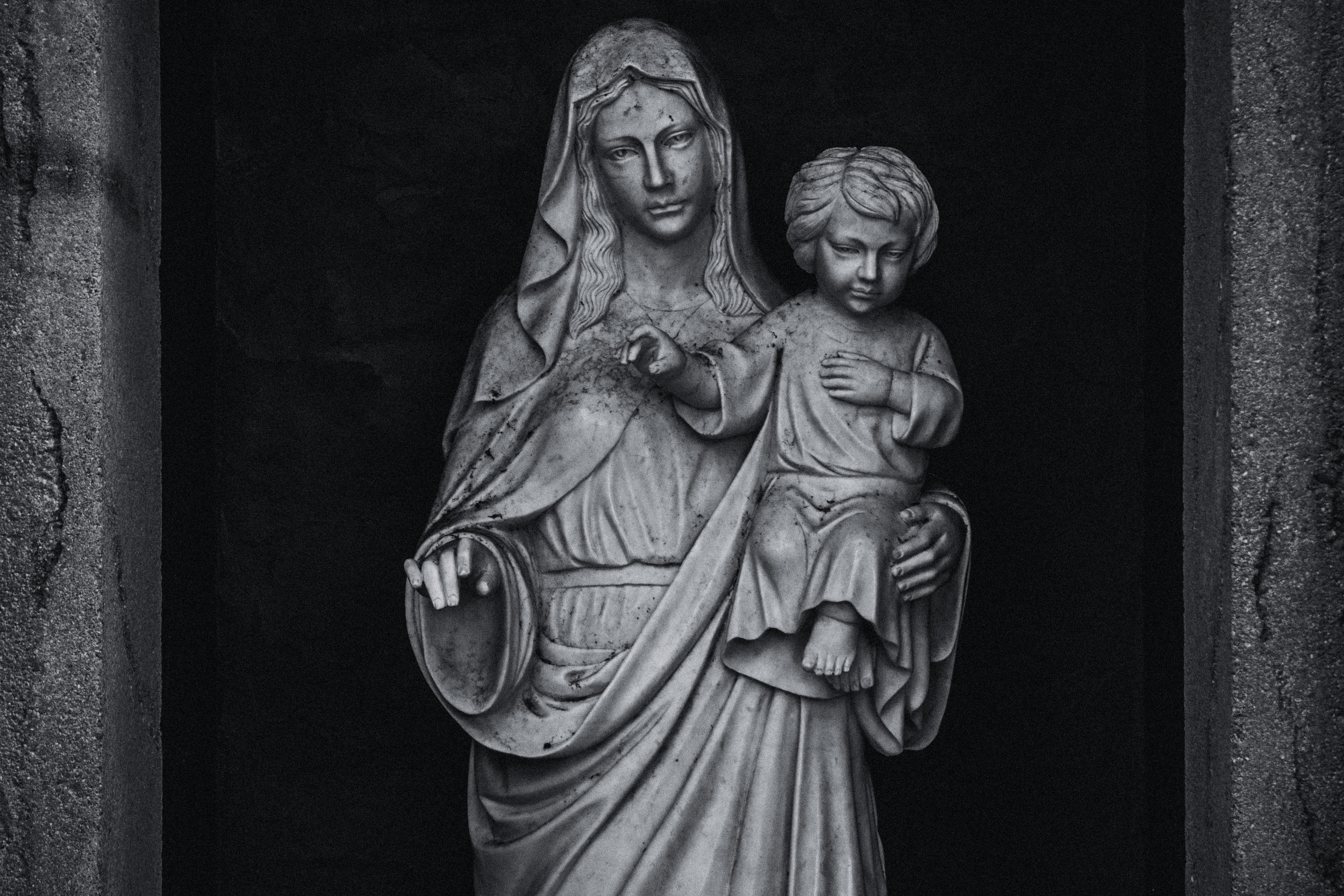Live sound problem areas
Some of the problems with indoor live sound mixing are reflections and standing waves created by the dimensions and shape of the rooms and the position of the stage in the room. This changes with an outdoor location. There may be little or no reflections with an outdoor setting. If there are reflections, there is usually a much longer delay before they return to the stage. Sometimes specific frequencies will be reflected off some surface, but other frequencies will not reflect to the same extent.
Often there will be fewer problems with feedback in an open outdoor setting. If there is a ceiling, it is usually higher than on a club stage. Also, there may be no walls or just a back wall to reflect sounds back to the microphones. Indoor stages with closed walls and ceilings can reflect sound back to the microphones, while outdoors this is usually not a problem.
There are likely cancellation and boost areas depending on the speaker placement. These will be more predictable with outside sound. If you use a stack on both sides of the stage, including subs, there will be a strong low end in the center of the venue, but there will also be off-center cancellation points on either side, usually between the center line and the stacks. From a position directly in front of either stack, you may be able to hear the actual balance of the mix.
What is needed for outdoor shows
Depending on the style of music and the desired volume, a sound system may require more power and more speakers for an outdoor show. You may also need to mike some things that are not necessary in a clubhouse. Outdoor stages are typically larger than club stages, so you won’t bleed as much into vocal mics and other live stage mics. If you have the right gear, it’s easier to mix outdoors because you’re not fighting inherited room sound issues.
You may need an input from each instrument, as well as your vocal mics. You may also find benefits when working with doors to place overhead microphones on drums. Cymbals can bleed into vocal mics on a club stage, but they can get lost on an outdoor stage. Also, the microphone on each individual drum will give you more control if you have the microphones and channels available. Guitars and keyboards may need to be in the mix to maintain balance and dispersion. Many guitar cabinets tend to be bright and the sound can often drop off axis depending on the frequency.
The monitoring system may also need to be stronger for a large outdoor setting. Musicians may need more stuff on their monitors to sync up. More monitor mixes for outdoor venues are also desirable. Generally, for events other than concerts, four mixes will work well. A mix of stage right, center stage, left stage, and drums will allow you to give musicians what they need to hear in most cases.
Have a good show
I have heard many people say that they think outdoor concerts are difficult. The real secret is having enough PA for the concert and venue. I prefer to mix outdoors, but have the necessary level of equipment available for the jobs I take. A live stereo recording of an outdoor concert with enough microphones and equipment can be very good.






